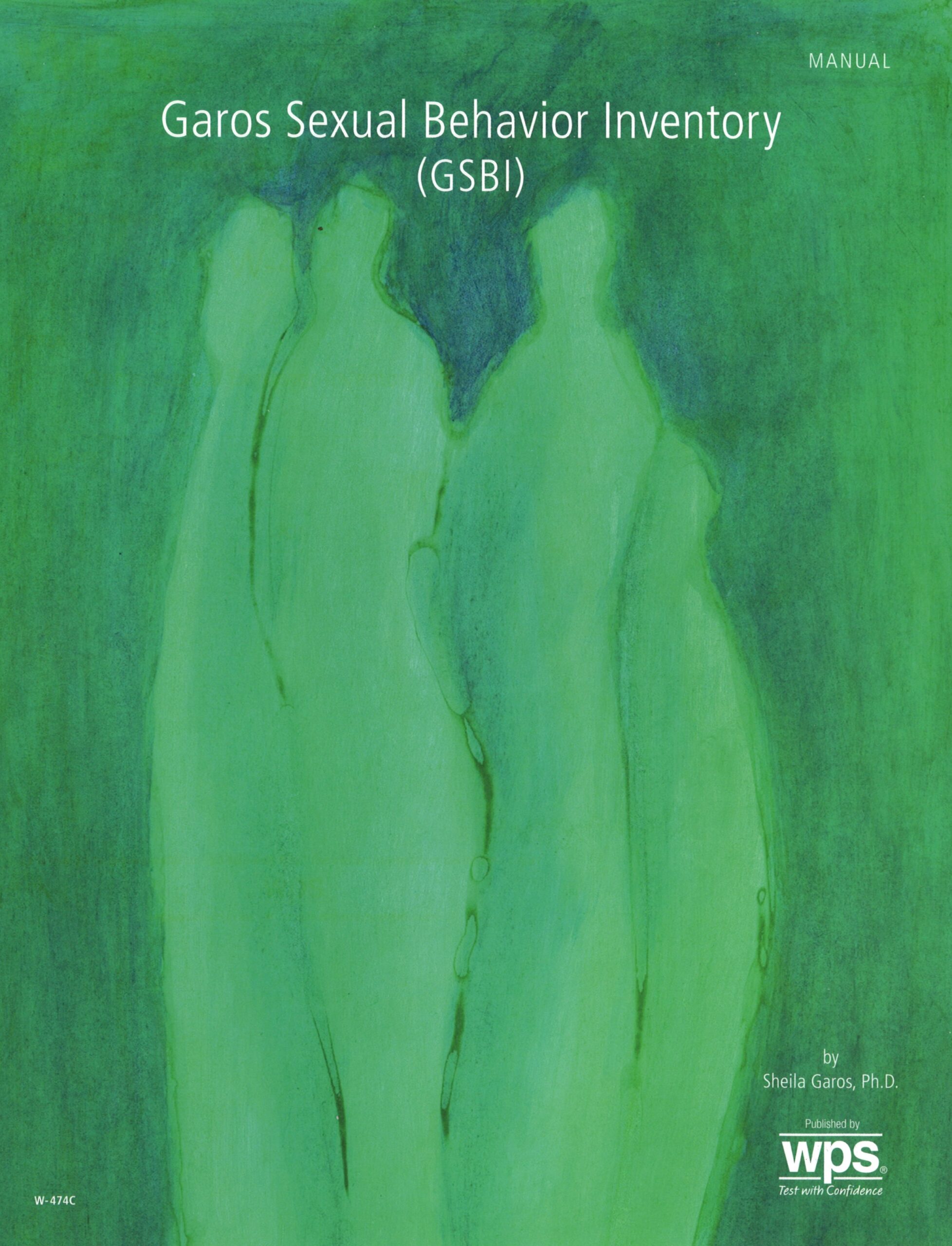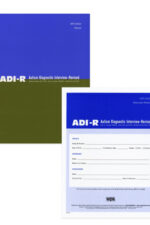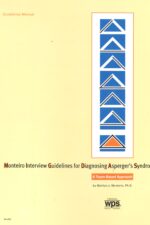The Garos Sexual Behavior Inventory (GSBI; Garos, 2009; Garos & Stock, 1998a, 1998b) is designed to as- sist forensic specialists and mental health professionals in making assessments and treatment decisions about individuals with problems related to sexuality and sexual behavior. The GSBI’s subscale scores can be used to evaluate the cognitive, affective, and behavioral dimensions of an individual’s overall sexual adjustment. The GSBI has been used effectively with clinical populations known to have difficulty with sexuality and sexual behavior, such as victims of sexual abuse, individuals with substance abuse problems, those with compulsive sexual behaviors, individuals with paraphilic interests (Garos & Stock, 1998b), and forensic populations (Garos, Bleckley, Beggan, & Frizzell, 2004). Yet the GSBI is sufficiently versatile that it can also be used for couples counseling to uncover differences in sexual values, feelings, and comfort levels.
Description
The first objective in development of the GSBI was to develop a conceptual model that would act as the basis for the investigation of constructs underlying disorders of sexual frequency and control. With consultation from experts in the field, a series of rationally derived item elimination procedures was instituted to identify items that best described dimensions of the constructs of interest. To evaluate the adequacy of the conceptually derived model, initial items on the GSBI were subjected to a principle components factor analysis using the varimax procedure.
In a second study, the 70-item GSBI was subjected to a maximum likelihood factor analysis with oblique rotation of the factor structure to confirm the conceptual dimen- sions believed to underlie the GSBI. The GSBI consists of four main scales, and three masking scales designed to reduce the potential for defensive responding, as well as an Inconsistent Responding index.
Main scales
- Discordance: Overall sexual adjustment; shame, fear, internal conflict about sexual behavior and interests
- Sexual Obsession: Preoccupation with sex and sexual stimuli
- Permissiveness: Attitudes and values about sex—con- servative or unconventional
- Sexual Stimulation: Level of comfort with sexual arousal
Masking Scales
- Sexual Control Difficulties
- Sexual Excitability
- Sexual Insecurity
Response Mode and Timing
The GSBI can be completed in just 20 to 30 minutes. Items are written at a sixth-grade reading level and are easy to understand and answer. Respondents indicate the extent of their agreement on a 5-point Likert scale ranging from 1 (Strongly Disagree) to 5 (Strongly Agree). An AutoScore Form is designed to protect the privacy of respondents. Test items do not appear on the AutoScore Form. Instead, they are printed on a separate reusable Administration Card, thereby ensuring that sensitive information remains confidential.
Scoring
The GSBI generates normalized T-scores for the main and masking scales, making it easy to compare scores across scales and across tests. Normative data are based on a nonclinical group, spanning ages 17 to 104, with roughly equal numbers of males and females. In addition, the test manual provides average scores for males, females, and clinical and correctional subgroups (sex offenders, sub- stance abusers, and sexual addicts). It has not been found useful to obtain a total score on the GSBI, given that the subscales are relatively independent, representing differ- ent constructs of interest.







